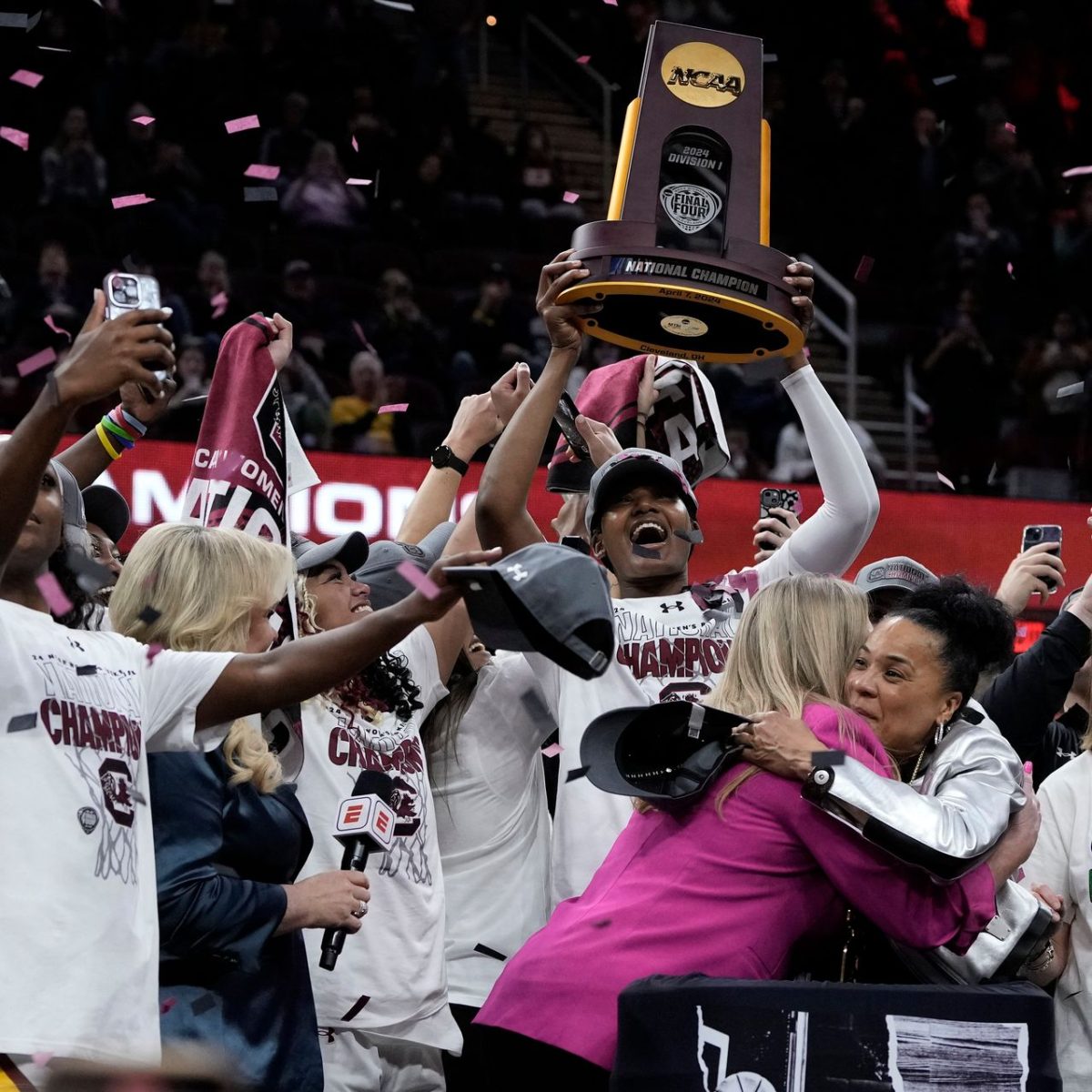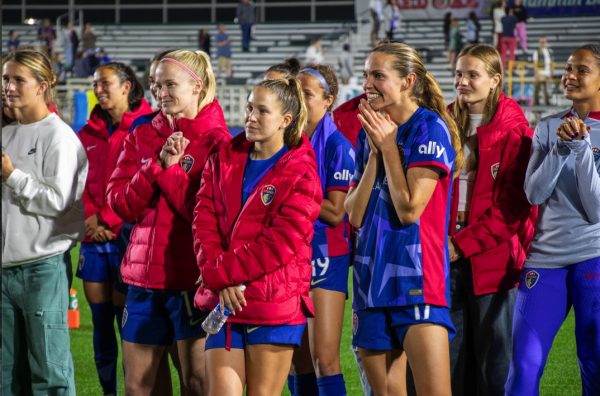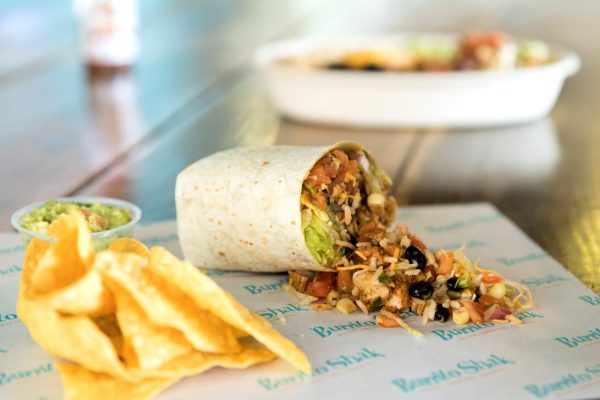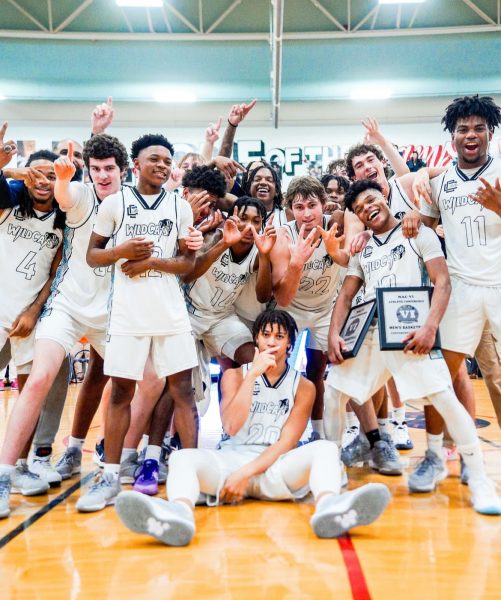Life in the Kichwa Tribe

Playing the drums, this Kichwa woman celebrates at a festival in the town. The people in Ahuao have traditional festivals among many other customs.
March 19, 2017
The Kichwa tribe is the largest ethnic group in the Ecuadorian region of the Amazon Rainforest. The people who are part of the tribe are mostly farmers, and they all supplement their own diet. They keep things simple by practicing traditional hunting methods and harvesting their own food on farms. In the past, people in the tribe have chosen to keep the traditions of the culture alive by refraining from using as much technology as possible and having contact with the developed world. However, recently the petroleum and tourism industries have forced them to become a more modernized civilization.
The town of Ahuano is much more developed than other indigenous cultures spread throughout the rainforest. They have adapted to some new technologies while other tribes remain totally disconnected from the outside world and continue to live life the same way they did one hundred years ago. Ahuano has schools and educational opportunities; however, the majority of the kids there do not end up graduating high school. Most become farmers like their families. Junior Lataya Charles said, “It is really crazy to me that people can live in the Amazon Rainforest and have a lot less technology than the rest of the world. I think it is very interesting to learn about their lives.”
Jaime Calapucha is a 25 year old who lives in the town of Ahuano. During his childhood, the roads in his village were mostly unpaved and people traveled by boat. Now, the town is paved and there is access to electricity, fresh water, wifi, and cable. Some of the people who live here own smartphones and have social media accounts. These advancements are largely due to the tourism that brings people into the Amazon. In an interview with Vice magazine, Calapucha described how it is frustrating when people believe untrue stereotypes about the village. One of the many things uninformed people think is that the Kichwa do not wear clothes or even speak Spanish. When people come to visit the village, he aims to educate tourists about the true culture, as a tour guide. The Kichwa have many traditions that they still practice today. However, there are many that have just died out. The Kichwa tribe has many customs from hundreds of years ago that are still practiced today. Shamans are one of the most popular traditions that remain popular in Ahuano. They are spiritual leaders in the community who use magic and spirits to heal the sick. Medicine is becoming more popular in the communities, but Shamans are still very present. Also, the women take pride in their pottery, and basket weaving skills.
The growth of tourism in this region also created a new interest in preserving traditional ways and demonstrating them to foreigners. The lives of people living in indigenous cultures are very different from ours; preserving these towns and their customs are very important and create diversity.





















